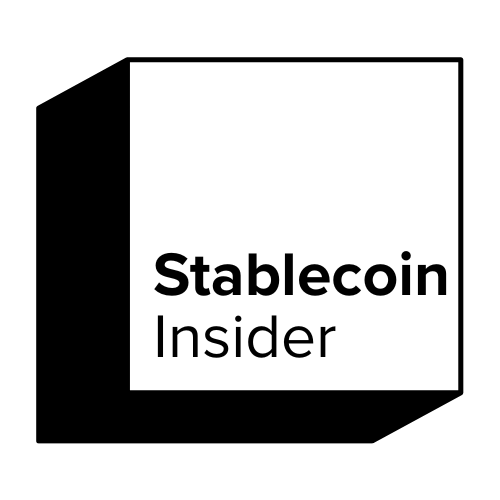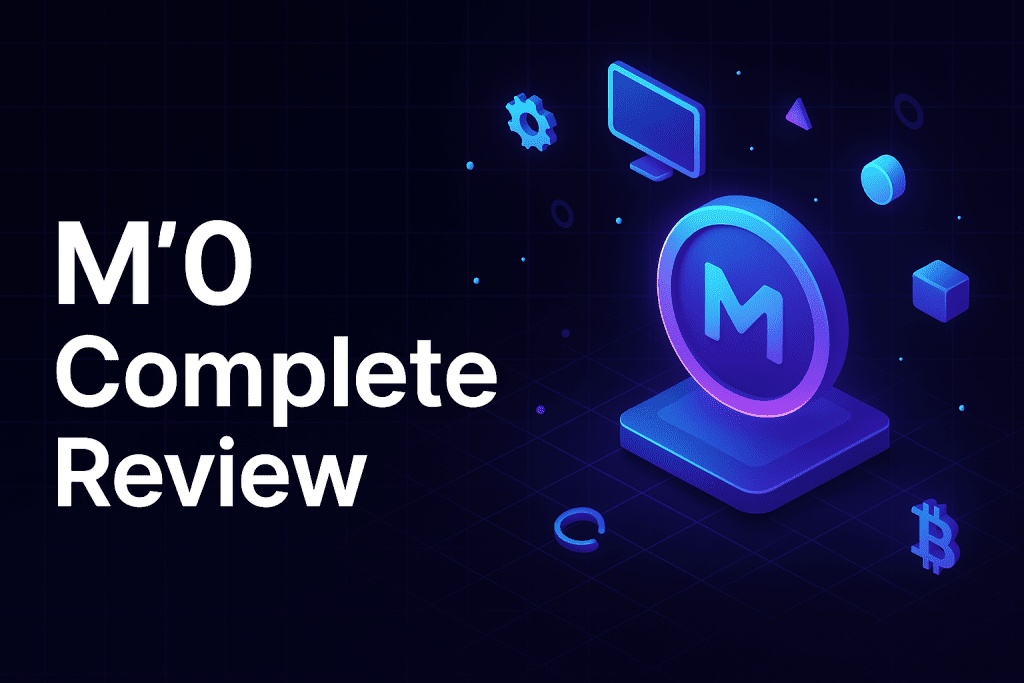Stablecoins have become a cornerstone of digital finance, with billions of dollars transacted daily across various blockchains. As demand for secure, transparent, and compliant stablecoin infrastructure grows, new players are stepping up to meet the need. One standout in 2025 is M’O, a cutting-edge infrastructure provider reshaping the stablecoin landscape.
This article offers a comprehensive look at M’O: what the company does, how its tech works, and why it’s gaining traction across the crypto and fintech ecosystems.
Key Takeaways
- M’O delivers enterprise-grade tools for issuing and managing stablecoins.
- Known for on-chain proof-of-reserves and a commitment to compliance.
- Trusted by major blockchain networks, banks, and fintechs.
- Prioritizes global interoperability and transparency.
- Built to support the next generation of DeFi and TradFi integration.
What Is M’O?
M’O is a stablecoin infrastructure company founded with the goal of making digital currency issuance safe, scalable, and accessible for institutions. With a strong focus on transparency and regulation, M’O positions itself as a foundational layer for compliant stablecoin ecosystems.
Company Background
- Founded by experienced fintech and blockchain leaders.
- Headquartered in a crypto-friendly jurisdiction with global reach.
- Mission: To enable secure, interoperable, and regulated stablecoin issuance.
Strategic Positioning
M’O has already secured partnerships with blockchain networks, centralized exchanges, and global banks. Its backing from leading investors further cements its legitimacy and long-term vision.
Core Offerings and Services
M’O provides a full-stack infrastructure suite that simplifies the stablecoin lifecycle. Designed for enterprises, the platform enables the secure issuance, redemption, and management of digital assets.
Highlights
- Issuance & Redemption APIs: Easy-to-integrate tools for fiat-backed or crypto-collateralized stablecoins.
- Fiat On/Off Ramps: Built-in support for USD, EUR, GBP, and more.
- Compliance Layer: KYC/AML and transaction monitoring baked into the backend.
- Liquidity Management: Tools for treasury oversight and automated liquidity provisioning.
M’O supports multiple token standards including ERC-20, TRC-20, and others, enabling seamless integration across major blockchain environments.
Technology Infrastructure
M’O is designed to meet the technical demands of both modern blockchains and traditional financial systems. Its robust infrastructure ensures fast, secure, and cost-efficient operations.
Technical Components
- Blockchain Integrations: Supports Ethereum, Solana, Avalanche, and other EVM-compatible chains.
- Audited Smart Contracts: Regular security audits and public transparency reports.
- Oracles & Feeds: Integration with top-tier oracles for accurate pricing.
- DeFi Compatibility: Easily plugs into lending protocols, DEXs, and wallets.
This composable infrastructure allows developers and institutions to leverage stablecoins for both traditional and decentralized use cases.
Security and Compliance
Security and regulatory compliance are non-negotiable pillars of M’O’s ecosystem. The company has prioritized these from day one, ensuring trust from institutional partners.
Trust Layers
- Custodial Solutions: Collaborations with Fireblocks, BitGo, and other secure custodians.
- Regulatory Licenses: Operates under licenses in multiple jurisdictions.
- Proof-of-Reserves: Offers real-time visibility into collateral holdings.
- Risk Management: Maintains robust internal controls and a clean incident history.
M’O’s infrastructure is continuously monitored and independently audited to maintain high levels of assurance.
Stablecoins Powered by M’O
The stablecoins issued using M’O infrastructure are gaining traction worldwide, supporting everything from remittances to trading.
Use Cases & Coverage
- Stablecoins issued by M’O are fiat-collateralized or crypto-backed.
- Widely used across North America, Europe, and parts of Asia.
- Support multiple applications: cross-border payments, yield farming, decentralized finance, and more.
These assets are quickly becoming preferred instruments for enterprises and users seeking stable and compliant digital assets.
M’O’s Competitive Edge
While companies like Circle and Paxos dominate headlines, M’O has carved out a distinct identity by doubling down on openness, composability, and cost efficiency.
Key Differentiators
- Proof-of-Reserve Focus: Enables real-time collateral verification.
- Low Integration Costs: Simple SDKs and developer-friendly tooling.
- Strong Ecosystem Support: Partnered with wallets, exchanges, and banks.
M’O’s roadmap includes further expanding blockchain support, launching native tokenomics, and opening up governance elements in late 2025.
Market Performance and Growth Potential
M’O is making measurable gains in the stablecoin space. Its infrastructure powers billions in transaction volume and serves as the backend for several rising stablecoin projects.
Growth Metrics
- Grew 3x YoY in volume processed in Q1 2025.
- Supports more than 30 enterprise clients and fintech apps.
- Ongoing pilot programs with neobanks and decentralized identity platforms.
As regulations become clearer globally, M’O is well-positioned to capture even more institutional demand.
Community and Ecosystem
A strong community and developer ecosystem are core to M’O’s mission. The company invests heavily in education and open-source resources to encourage adoption.
Ecosystem Initiatives
- Developer grants and hackathons
- Open SDKs and integration guides
- Educational webinars and thought leadership
M’O also plans to introduce governance capabilities through a community advisory board and possibly token-based voting.
Conclusion
M’O is quietly building the foundation for a stablecoin future that’s transparent, secure, and interoperable. By focusing on both enterprise adoption and blockchain-native use cases, it offers a unique dual-value proposition.
If you’re a fintech, exchange, or project looking to issue or interact with stablecoins at scale, M’O is a strong contender. The company’s approach to compliance, transparency, and composability aligns perfectly with where the market is heading.
Read Next:
FAQs
1. Is M’O regulated?
Yes, M’O operates under multiple regulatory frameworks and holds licenses in crypto-friendly jurisdictions.
2. What blockchains does M’O support?
Ethereum, Solana, Avalanche, and other major EVM-compatible networks.
3. Can individuals use M’O services or only enterprises?
M’O primarily serves enterprises, but individual developers can integrate with open SDKs.
4. How does M’O ensure reserve transparency?
Through on-chain proof-of-reserve systems and regular third-party audits.
5. What stablecoins run on M’O infrastructure?
Several USD-, EUR-, and GBP-backed stablecoins, as well as some crypto-collateralized assets.
6. How does M’O compare to Circle and Paxos?
M’O focuses more on developer tooling, composability, and cost-effective integration.
7. What is the cost of integrating M’O’s APIs?
Pricing varies by usage but is generally lower than legacy competitors.
8. Does M’O have its own token?
Not yet, but a governance token is being considered for 2025.
9. Where is M’O headquartered?
In a regulated, crypto-forward jurisdiction in Europe.
10. How can developers get started with M’O?
By accessing the open SDKs and documentation available on M’O’s official website.

